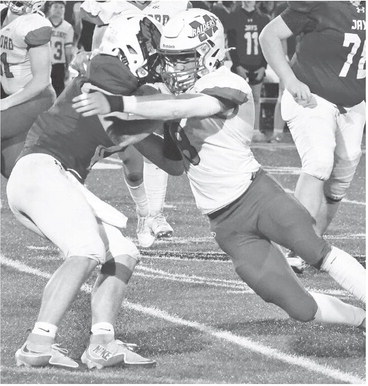Help report, manage spread of CWD
In response to hunters seeking to get more involved with chronic wasting disease (CWD) efforts, the DNR launched the Adopt-a-Kiosk (AAK) and Adopt-a-Dumpster (AAD) programs to create partnerships, provide increased access to testing and provide more opportunities to dispose of deer carcass waste safely.
Testing deer for CWD provides the DNR with valuable data to understand disease distribution in the state and informs hunters of the CWD test results for their harvest. Making CWD testing convenient and increasing participation are vital to the state’s CWD monitoring efforts.
“Partnerships like the Adopt-a-Kiosk and Adopt-a-Dumpster programs provide a vital way for hunters, landowners and DNR state managers to work together in our efforts to try and limit the spread of CWD in Wisconsin,” said Erin Larson, DNR deer herd health specialist.
The DNR’s self-serve CWD kiosks provide hunters with convenient 24/7 access to CWD sampling materials and test kits. The DNR partners with individual volunteers and organizations to help manage some of these kiosks each deer season.
Adopt-a-Kiosk participants are responsible for monitoring the kiosk and following the guidelines associated with the partnership, but the DNR provides the kiosk and all the supplies. The program is a great opportunity for schools and youth organizations to get involved in community service. Visit the https://dnr. wisconsin.gov/topic/wildlifehabitat/CWDVolunteer for information on how to get involved.
Through the Adopt-a-Dumpster program, partners work with the DNR to implement convenient deer carcass waste disposal locations. In areas where disposal options are limited or unavailable, the DNR prefers to locate adopted dumpsters on private land. Groups may be able to host a dumpster on public land with consultation from the DNR.
Proper carcass disposal keeps potentially infected deer off the landscape and slows the spread of CWD in wild herds. The infectious nature and resiliency of CWD prions can increase the spread of CWD if carcasses are brought to new areas and not disposed of properly. Visit the same website listed above for information on how to get involved.
Monitoring the disease and properly disposing of deer parts are only two elements of the DNR’s coordinated efforts to limit the spread of CWD. More information about how to prevent the spread of CWD is located on the DNR’s CWD webpage, https://dnr.wisconsin.gov/topic/ wildlifehabitat/cwd.



